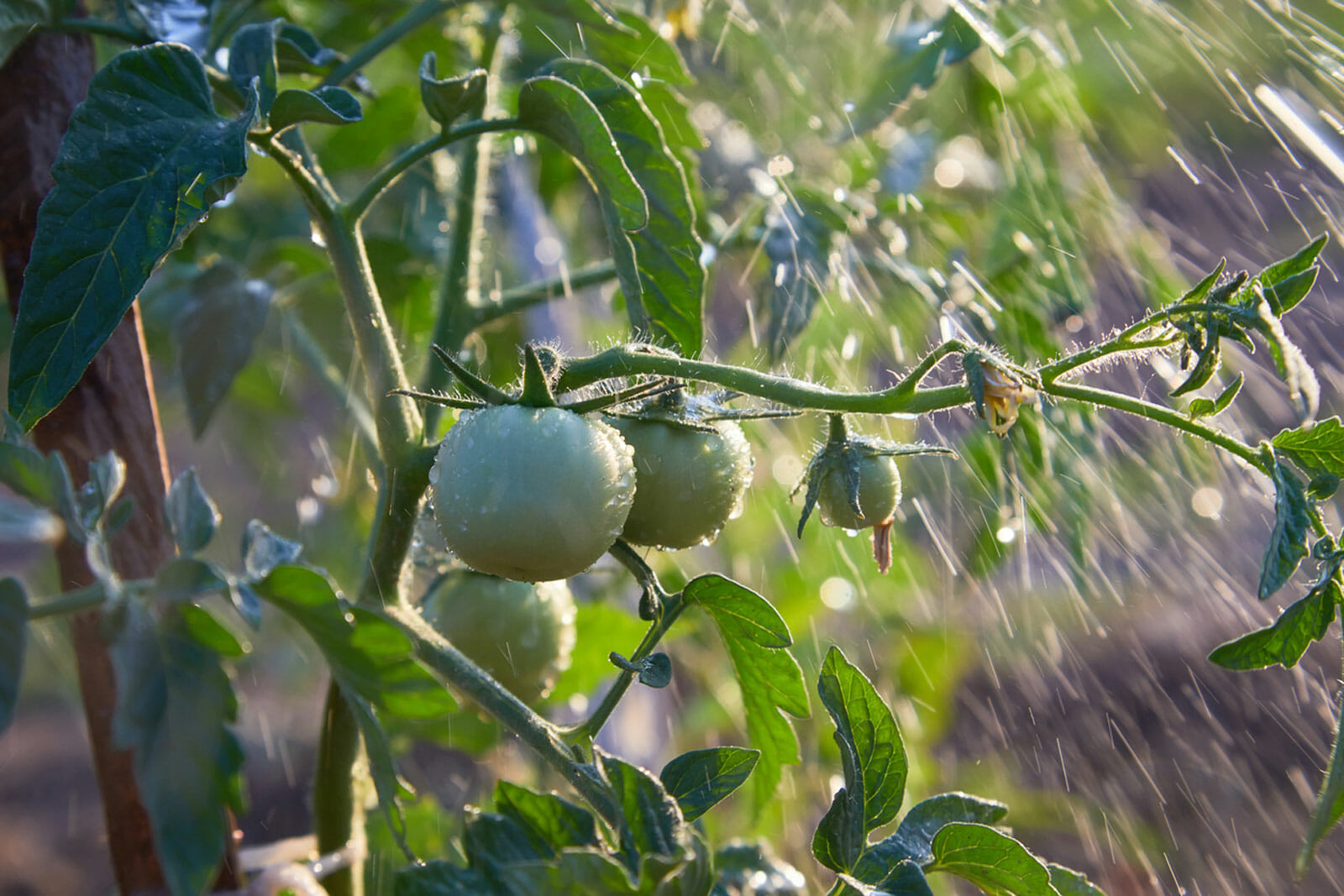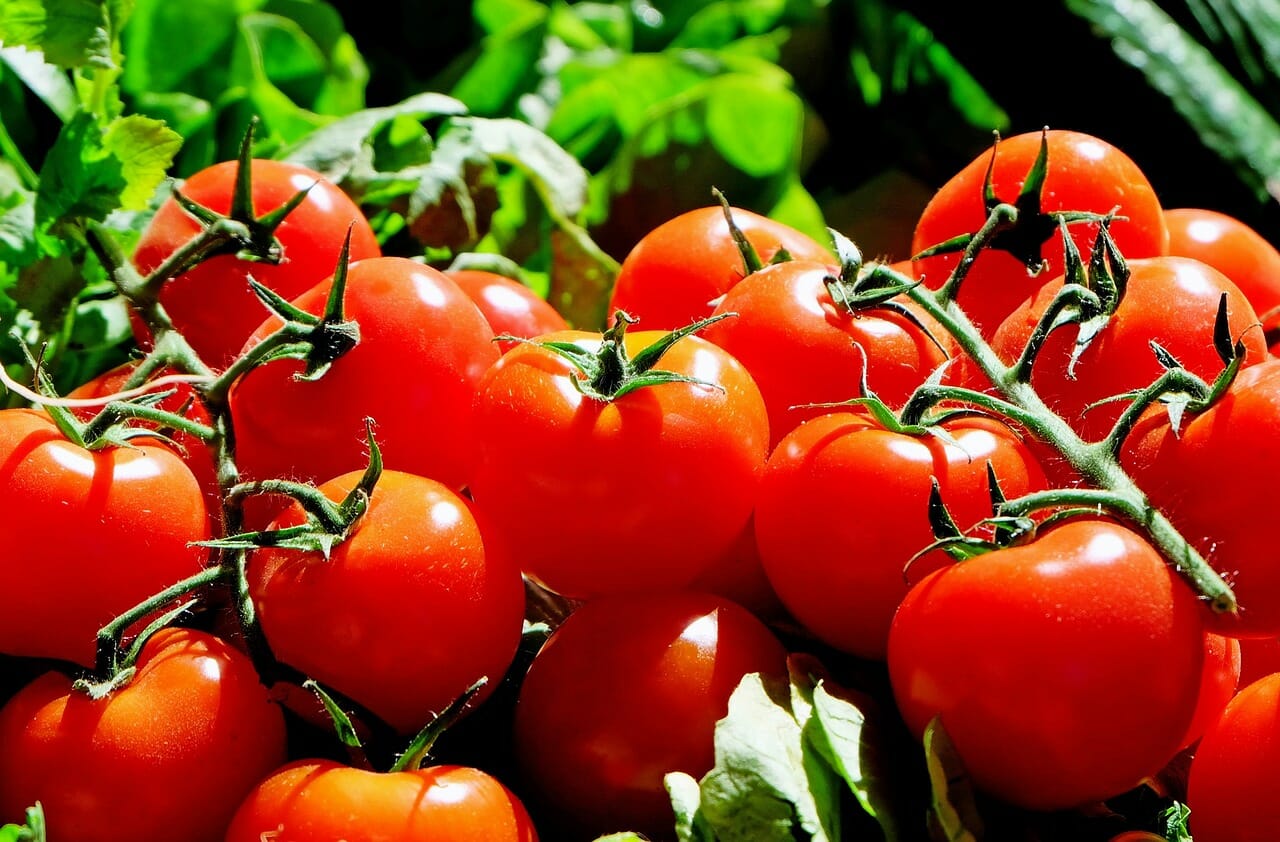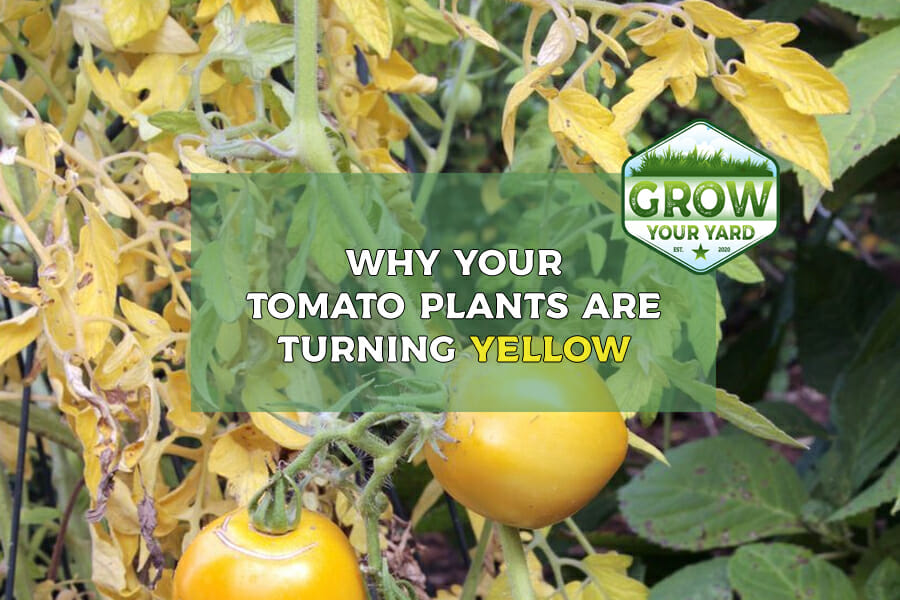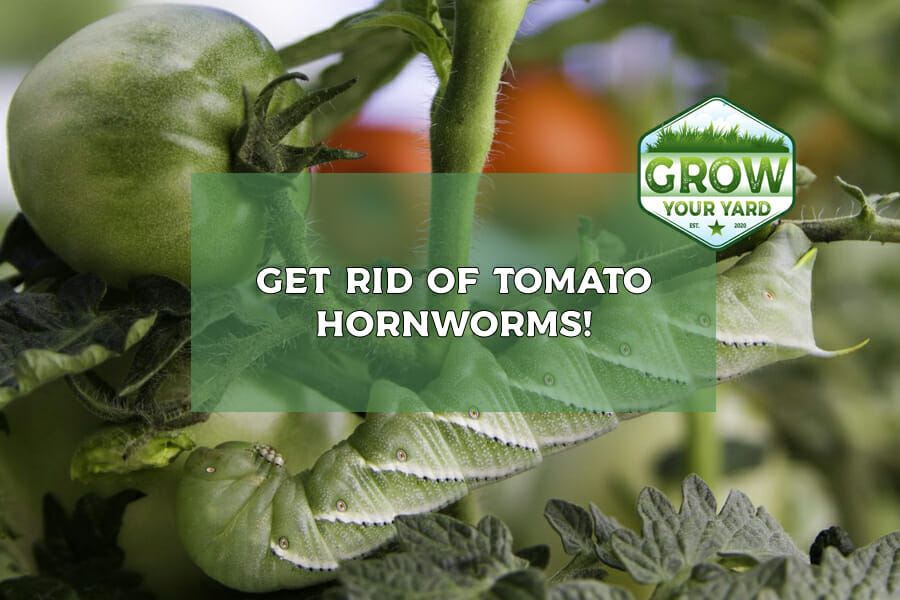
How frequently you water your tomatoes varies depending on several factors as it determines the kind of tomatoes you will harvest eventually. These factors may include but are not limited to, the farm’s location, the plant’s age, the availability of mulching, and the number of tomatoes in the garden.
So, how often to water tomatoes? In the early stages, water your plants daily. However, as temperature and other conditions come in, you may need to water the garden twice. Garden tomatoes need 1-2 inches of water every week. Like other plants, Tomatoes do not have a regular water intake from seedling to an adult plant.
There’s more than meets the eye. So, how do you know how much water is enough for your tomatoes?
In this guide, we shall talk about all things tomatoes, and you will be on your way to a bountiful harvest.
Watering Tomato Seedlings
It would be best if you watered your seedling when they need it. This seems unhelpful; however, watering depends on several factors that you cannot schedule.
It would help if you nurtured your seedlings in a small container or seed trays. As a result, you should water them frequently since it will dry out in 12-24 hours. However, watering seedlings frequently doesn’t mean overwatering. Plants can recover from thirst but cannot recover from drowning.
In most places, seedlings watering happens twice a day (in the morning and evening) using a spray bottle. Ensure you use a spray bottle to avoid breaking the stems of the seedlings. Ensure the water is about 1-3 inches in the soil with no overflow.
Watering Baby Plants
Baby plants need at least 2-4 inches of water each week, considering that they have just sprouted. It is advisable to water the baby plants in the morning. As the plants grow, the frequency of watering will increase and the need for more attention. In 15-25 days, you might need to water the garden or containers twice each day.
On the other hand, it would be in your best interest to avoid flooding the plants when it’s hot. It is better to wait till the sun sets or when it’s cold, then go ahead and water your tomatoes. Also, the plants’ stems may not have hardened fully, so use drip irrigation to slowly and deeply water the plants.
Watering Developed Tomatoes That Are In a Container
There are several factors to consider when watering potted tomatoes, but first, here is a summary of how to water your tomatoes, depending on the elements.
| Factors | Requires Minimal Watering | Requires Frequent Watering |
| Growth Stage of Tomato | Seedlings | Mature Plants |
| Soil Quality | Tomatoes growing in Clay or soil that has moss | Porous and sand soil |
| Container Location | Tomatoes are in a shade that’s blocked from the wind | Plants are exposed to the sun and wind. |
| Weather Patterns | In cold temperatures such as fall or spring | During hot seasons such as the summer |
| Tomato Species | Determinate and patio species | Vining and indeterminate species |
| Color of the container | Lighter colors such as white | Dark colors such as brown |
Now let’s analyze each factor to uncover the reasons behind the frequency of watering the tomatoes.
5 Tomato Growth Factors
As your seedlings grow and mature in each phase of the cycle, they require different water amounts. Fully mature tomato plants require more water compared to seedlings that need 1-2 inches of water each day.
However, overwatering in the early stages of the plant may cause diseases like blossom end rot. It is also advisable to reduce watering the plants when you notice that the fruits are almost ripe. Such a move improves the tomato flavor.
Soil Quality
It would be unwise to clog your garden or container with water when you have planted your tomatoes in clay soil. Clay soil is known to retain moisture; therefore, it would help if you watered your plants less frequently.
On the other hand, if you have planted your tomatoes in porous soil such as sand, the chances are high that water will drain out faster; therefore, you will have to water your plants frequently. It would also help if you planted your tomatoes in soil with organic content, such as compost or peat moss, that improves soil water retention.
Container Location
The positioning of the container determines how frequently you water your tomatoes. If your container is exposed to the sun and wind, the chances are high that most of the water evaporates; therefore, plants will require frequent watering.
It is important to note that high temperatures and sunburns affect tomatoes and cause diseases like sunscald and blossom drop. On the other hand, it would be advisable to withhold watering on a rainy day until the soil has 2 inches of water.
Weather Patterns
Weather patterns influence the frequency of watering tomatoes. In the hot seasons such as summer, tomatoes will lose water through transpiration; therefore, it would be advisable to inspect the plants and water them thrice a day regularly.
Similarly, cold and rainy seasons require a minimal amount of water as there is less transpiration and, therefore, water retention in the soil. It’s best to avoid clogging the soil with water; therefore, check the water level before watering your plants.
Tomato Species
You have to consider the tomato species before watering your garden or container. Patio tomatoes can grow up to 3 inches; therefore, they don’t require too much watering.
If you have patio tomatoes, you should consider reducing the watering frequency and regularly inspecting the soil properties. On the other hand, vining and indetermination can grow up to 7 inches; therefore, the species require frequent watering to support leaves’ fruit development and growth.
Containers
The color, material, and size of your container will play a significant role in how frequently you water your tomatoes. It is essential to note that the tomato plant roots can grow up to 22 inches.
Therefore, it is advisable to go for huge containers measuring at least 15 inches by 15 inches. Besides the size, the color and material used for the pot will also determine how frequently you water the tomatoes. Resin containers retain more water than clay containers.
If you go for the former, that means you’ll water your plants less frequently than in the latter. Also, black containers are known to lose moisture quickly since they heat up faster than light-colored containers.

Amount Of Water Needed by A Tomato Plant
Based on research done by Peter Nitzsche, an agricultural and natural resources agent-based in Morris county, tomatoes require at least 2 inches of water every week for every square foot of the garden or container.
When you calculate this, you will realize that your garden needs at least 2.5 liters of water per square foot every week. However, as I stated earlier, you should always inspect your soil and avoid watering blindly. Watering tomato gardens should be dependent on the surrounding conditions and soil qualities.
Watering Tomatoes When Traveling
Everybody loves to travel, and your garden should not be a reason for you to give up on this. If and when you decide to travel, it would be unwise to leave your plants unattended.
If you have neighbors, you can request them to water your plants, but there are several options available for you if you are unlucky. So read on to discover what to do when you plan on traveling.
Try Mulching
If you are gone for a week or less, then you can use mulching to retain water in the soil and ensure that your plants remain healthy till you come back. Mulching provides a shadow from the sun; thus, the soil retains the water to be used by the plant.
Your plants need 2.5 liters of water per square foot each week, and mulching will undoubtedly keep the moisture until you return.
Keep the Plants in a Water Basin
If you have planted your tomatoes in a container, it will help if you immersed the box in a water basin. When doing this, ensure that the plants aren’t immersed in water, but it’s only the container.
Through capillarity, water will sip through the box, and your plants will remain hydrated while you travel. Most importantly, ensure that you leave enough room between the water and the container to prevent roots from drowning.
Using Drip Irrigation
Most gardeners have drip irrigation systems, but if you don’t have one, you shouldn’t panic since they are easy to install and maintain. When you leave home, program the irrigation system to water the tomatoes for a given duration and at a particular time.
Drip irrigation can be the most efficient way of watering plants when you’re away from home; that is, without disturbing anyone.

Can Tomatoes Be Overwatered?
Yes, tomatoes can be overwatered. If tomato plants are overwatered, the roots may rot, which can kill the plant. Tomato plants should be watered deeply but infrequently, and allowed to dry out between waterings. Overwatered tomato plants may also develop leaf mold or other fungal diseases.
If you think your tomato plants may be overwatered, look for signs such as wilting leaves, yellow leaves, or leaf drops. Also, check the soil around the plant to see if it is waterlogged or has standing water. If the soil is wet and soggy, the plant is probably being overwatered.
To avoid overwatering your tomato plants, water them deeply but only when the top inch or two of soil is dry. Be sure to check the soil before watering, and never let the plant sit in water. If possible, water in the morning so that the leaves have time to dry out before nightfall. Additionally, make sure your tomato plants have good drainage by planting them in well-draining soil and using a raised bed or container with drainage holes.
Overwatering is a common problem when growing tomatoes, but it can be avoided by following these simple tips. If you think your plants are overwatered, take action to correct the problem immediately. Your plants will thank you for it!
Frequently Asked Questions:
What’s the best time for watering tomatoes?
Dawn and dusk. However, ensure you inspect the water levels first before watering to avoid drowning your crops. Additionally, avoid watering fruits and leaves since it increases your plants’ chances of developing diseases like blossom end rot
What are the effects of watering tomato fruits and leaves?
The leaves and the fruits become vulnerable to diseases. Tomatoes are sensitive plants, and by watering the fruits or leaves, you will be exposing them to diseases like blossom rot and other fungi and bacteria present in the water. Most of the tomato diseases thrive in wet conditions that have low temperatures.
What’s the importance of adjusting my tomato watering frequency?
Adjusting the watering frequency helps in the growth and breathability of the plant. It prevents drowning your plant roots and thirsting them too. For instance, it would help if you watered your plants frequently during the summer since they lose more water. Also, reducing the frequency during rainy days would be beneficial to the plant.
What’s the best way to water my tomatoes?
It is advisable to water tomato plants at the base rather than overhead. Watering your tomatoes at the bottom reduces the amount of water that touches the fruits and leaves. As a result, this reduces the possibility of your plants developing bacterial and fungal infections. Therefore, water your tomatoes at the base at dawn and dusk to prevent shocking the plants’ leaves and fruits.
Conclusion
Tomatoes are easy to maintain vegetables since they love warm weather. If you have considered planting tomatoes, watering them should be your priority if you are determined to harvest handsomely. Also, remember that the plants need regular and consistent watering, and by following these guidelines, the chances are high that you will have a bountiful harvest.


